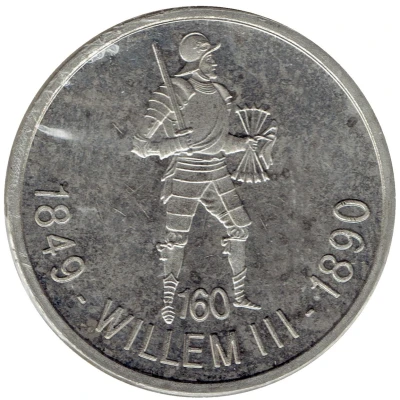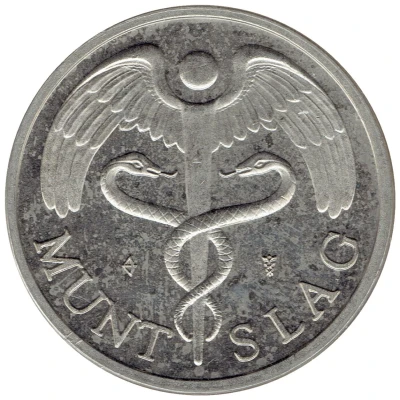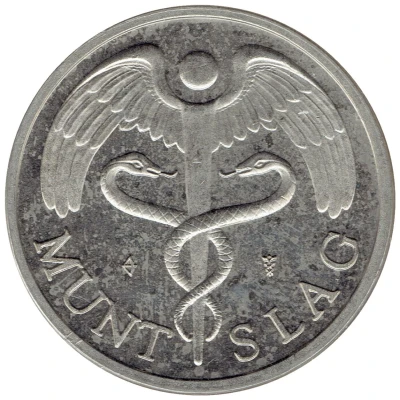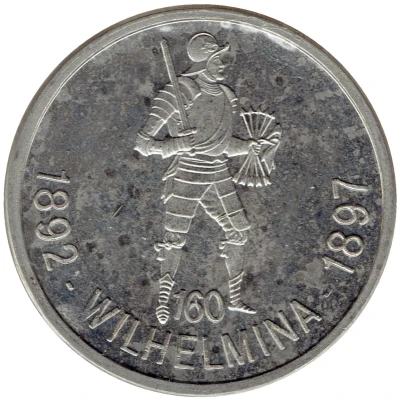
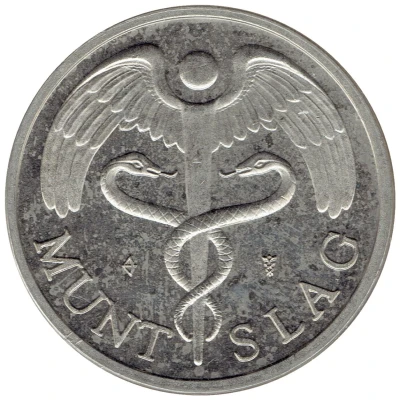

Token - Muntslag Wilhelmina 1892-1897 ND
1992 year| Nickel | 8.5 g | 26 mm |
| Location | Netherlands |
|---|---|
| Issuing entity | Nederlandse Munt |
| Type | Utility items › Play money |
| Year | 1992 |
| Composition | Nickel |
| Weight | 8.5 g |
| Diameter | 26 mm |
| Thickness | 2.3 mm |
| Shape | Round |
| Technique | Milled |
| Orientation | Medal alignment ↑↑ |
| Updated | 2024-11-13 |
| Numista | N#419877 |
|---|---|
| Rarity index | 97% |
Reverse
Enlarged mintmark (caduceus is a symbol of Hermes or Mercury in Greek and Roman mythology) Also bares the caduceus mint mark and bow and arrow.
Script: Latin
Lettering: MUNT SLAG
Translation: Coin Battle
Edge
Plain
Comment
Muntslag is a board game commissioned by the Royal Dutch Mint in 1992. It is a tactical game where players have to buy and sell coins so they can build a winning collection. This coin is part of a series of eight used in the game. All coins have the same pictures, only the lettering on the obverse are different:
Willem I 1818-1840
Willem II 1841-1849
Willem III 1849-1890
Wilhelmina 1892-1897
Wilhelmina 1898-1909
Wilhelmina 1910-1925
Wilhelmina 1925-1945
Juliana/Beatrix 1950-heden
Apart from the metal coins, there are 8 x 7 cardboard coins in the game that have to be collected.
The coins on the collector's cards are grouped in denomination horizontally, and in period vertically. Both their denomintion their market value (in the game) are printed on the obverse, on a background with a drawing of a portet of the souvereign of the period that the (original) coins were minted, in white, over a colour that is different for each period. On the reverse, they all have the same symbol (caduceus) in black on grey.
To pay for the coins in the game, paper money is included in the box, in six denominations: 5, 10, 25, 50, 100m and 250 guilders. This paper money resembles contemporary or earlier Dutch banknotes.
Source: Muntslag
